GE post-mortem: A look at the lightning and hammer campaigns
Ng Chee Meng asks to not be in Cabinet
Hi everyone,
It’s been a relatively calm week after the buzz of the hustings.
The newly elected MPs have hit the ground running, with meet-the-people sessions resuming last week. Looking forward, we expect PM Lawrence Wong to announce his new Cabinet within the next two weeks, following precedent.
Labour chief Ng Chee Meng might not be in the line-up. In a statement two days after the polls, he said he has asked PM Wong to leave him out of political office, and that he would focus on his Jalan Kayu MP duties and his role as NTUC secretary-general over the next five years. He was Minister in the Prime Minister’s Office when he lost his Sengkang seat in 2020, so many expected him to return to a similar position (Singapore’s labour chiefs are traditionally also full ministers).
This came after several issues emerged post-polls: a post alleging poor conduct when he was Education Minister and a photo taken in 2021 with money launderer Su Haijin, who was jailed in 2024.
On Su, Ng said he had met him as part of NTUC engagements and did not have any more interaction with him once police investigations started. Ministers Ong Ye Kung and Chee Hong Tat, who also were in pictures with Su, have also come out to say that they did not know Su personally. Information on these meetings has come out in dribs and drabs – Billionaire Sam Goi said he paid for and organised all of them. He subsequently clarified the dates of these meetings, and said they were in accordance with pandemic protocols.
We expect this issue to have a long tail.
This week, we’ll look at the two most successful campaigns of GE2025: the PAP and WP’s. Next week – barring any major news developments – we will be looking at the parties that got the next closest but came away with no seats: the PSP and SDP.
The PAP’s campaign
The PAP ran a (some say uncharacteristically) clean campaign. It stayed on point with its national messaging led by PM Wong and flanked by SMs Lee Hsien Loong and Teo Chee Hean. It also campaigned locally on municipal issues in every constituency, fronted by its anchor ministers. Here are the key points:
Strategic deployments on Nomination Day. It kicked off the campaign with an almost-perfect read of its most dangerous opponent (the WP) on Day 1. That morning, it executed a smooth three-person switch landing DPM Gan Kim Yong in Punggol to face off against high-profile WP newcomer Harpreet Singh. In round one of a nine-day battle, it looked like the party had deployed its troops right.
An in-person campaign capped off five years of ground work. After the struggle of a digital campaign in 2020, the PAP returned to its strengths. We don’t have clear estimates for numbers of its ground troops, but with around 3,000 cadres and many more activists, the PAP was out in force in the streets and markets, and at your doorsteps. Its MPs also went big on constituency-level plans, announcing roadmaps for better infrastructure and services. Local campaigns largely focused on local issues rather than national policy – which was left to party leaders – a powerful strategy in Singapore where MPs also manage town councils and are very involved in municipal issues.
A consistent message fronted by PM Wong. The party kept stressing the same message of the need for a strong (PAP) government to face a “changed world", against the backdrop of a trade war. It also said repeatedly its most urgent goal is to tackle economic uncertainty and concerns over jobs. PM Wong was everywhere – furnishing lampposts, taking doorstops, closing out rallies. A popular and familiar face (after fronting several Budgets and his part in leading Singapore out of Covid), he was able to stay on message and capitalise on his relationship with the electorate. The election was also in some ways an unsaid test of his style and leadership of the 4G. If the popular vote is anything to go by, he has been given, in his own words, a clear and strong mandate.
No knuckleduster politics. Staying on message rather than attacking the opposition, the PAP ran a gentlemanly campaign that did not bring up controversies of the past term (think Raeesah Khan’s lying saga and Pritam Singh’s court trial). It also did not pounce on incidents during the hustings like Andre Low’s leaked text messages. By reversing from the hardline tactics of the past, the party looked like a dominant incumbent with quiet confidence rather than a bully. Voters rewarded this.
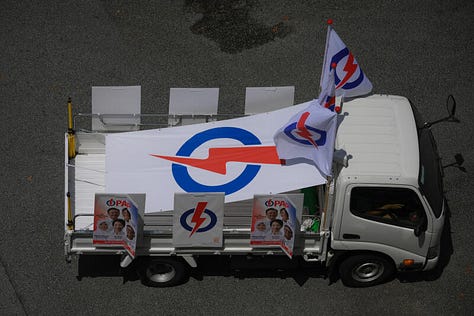





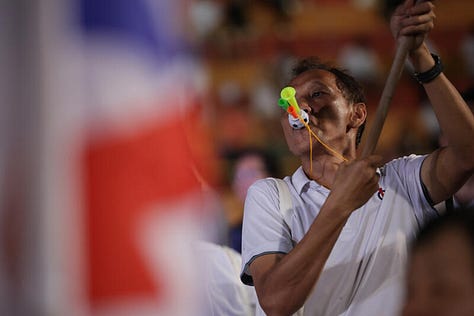
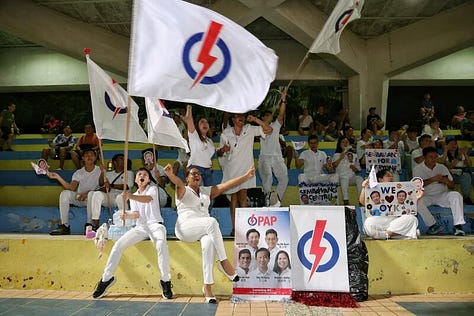
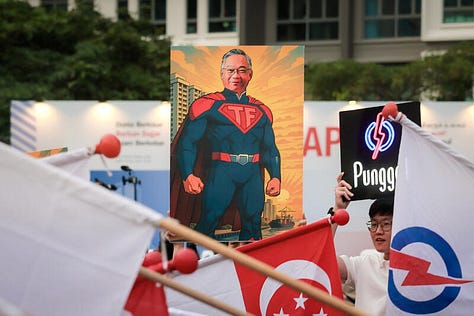
The WP’s campaign
The WP ran a well-executed and nimble national campaign which drew thousands to rallies and generated many social media moments. Its campaign was also fronted by its leader Pritam Singh, flanked chiefly by chair Sylvia Lim. Our colleague Pei Ting has written a great commentary on the WP campaign, which you should check out as well. Here are our takeaways:
Expansion and caution in equal parts. There was much speculation before the hustings that WP leaders Singh or Lim might step out from Aljunied to lead a team elsewhere. Neither did. Keeping them there and putting the rest of its (mostly) fresh-faced firepower shows an emphasis on consolidating its power base. It also made some changes to its Aljunied and Sengkang slates with little effect on its vote-share, showing that the WP too now has ‘safe seats’. While these moves were cautious, it also contested one more GRC and two more SMCs than 2020 and fielded considerable talent in these areas – showing that expansion is still a goal. It did not take down another GRC, but will come away with two more NCMP seats putting its parliamentary strength at 12.
Pulling away from the rest. The WP did not work with the rest of the opposition, to its own benefit. It drew flak after it “caused a walkover” in Marine Parade-Braddell Heights on Nomination Day, as its last-minute move meant nobody else was given the chance to contest there. The party said it did so because the constituencies’ new boundaries (the PAP stronghold MacPherson was folded in) meant it had little shot there, and so it decided to concentrate its efforts elsewhere. The party’s eventual showing at the polls – still winning the popular vote despite expanding the territory it contested by a third – has validated this approach, and cemented its position as head and shoulders above the rest of the opposition field. The Tampines result exemplifies this – NSP and PPP got a combined 0.61 per cent of the vote in a four-cornered fight with the PAP and WP.
A unified, coordinated communications operation. The party kept to a tight and disciplined media strategy. It held a doorstop every day with the media, cycling through the different constituencies it contested. Party leaders stayed on message: that this was the strongest slate the party has ever fielded; the WP has done its job as a loyal opposition keeping the PAP to account; and that losing more constituencies will not weaken the PAP or Singapore. At night the party rallied, turning out in force with almost every candidate on stage at all times. Things were looser there and the WP played to the crowd with a mix of jabs at the PAP and oration on its ideals.
Confidence from party chief Pritam Singh. There were questions if the recent trial and conviction would affect Singh’s leadership of the party. The answer after the polls is a clear no. Singh – a popular figure and Singapore’s first Leader of the Opposition – led the party throughout the campaign, fronting its responses to every issue and often closing its rallies. WP’s performance this year was also a litmus test for Singh’s continued pull with the electorate – one he looks to have passed.

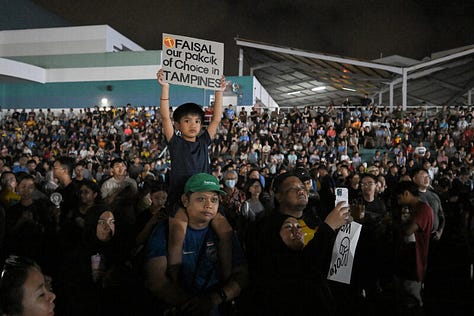
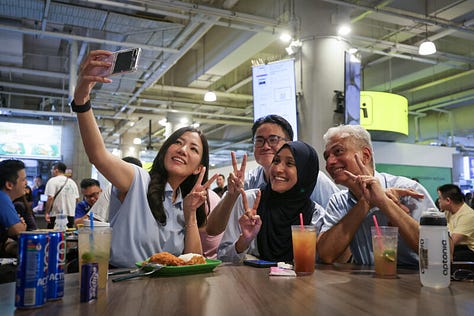
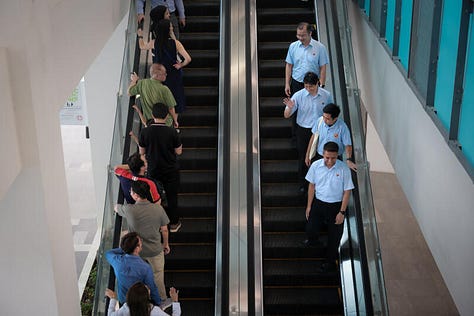
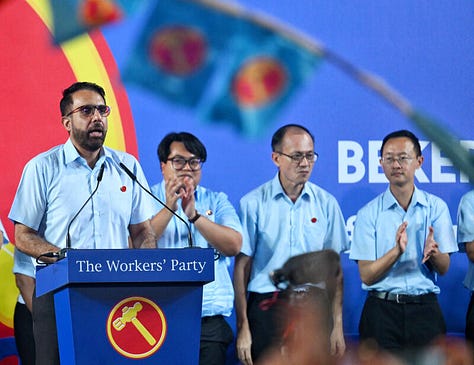
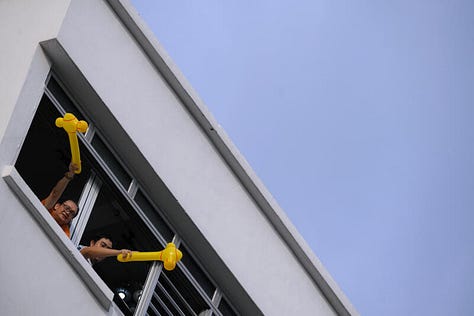
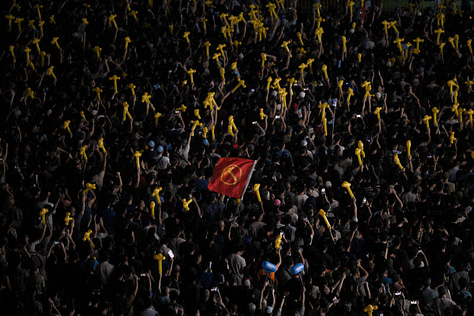
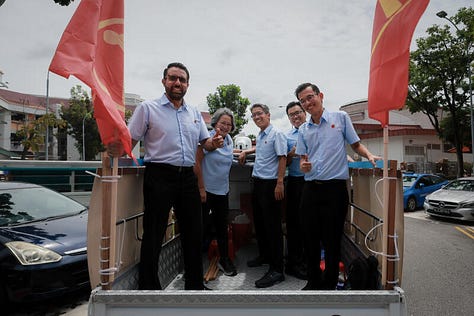

WP’s Singh will remain the Leader of the Opposition, with its accompanying resources and office. PM Wong announced this on May 5, two days after the election. His predecessor had created the role after the 2020 election.
After a shockingly good result outperforming some opposition parties at the polls, 2025’s two independent candidates are still out and about. Jeremy Tan quipped after the results that he had failed a job interview and is open to work, while Darryl Lo has changed his job title to “Not an MP for Radin Mas SMC”. They seem to be having fun with their new public profiles – we’ll be watching what they do next.
We had the lowest voter turnout by percentage since 1968, with 92.47 per cent of the 2,627,026 registered voters in contested constituencies casting their ballot. Some say it could have been due to the long weekend. It’s unlikely absent voters could have swung any race.
This week we’d like to feature some really nice shots our colleagues took during the hustings of the PAP and WP’s campaigns.
Also, we look at a question from a reader (edited for clarity): Your take on why you think issues such as Iswaran, Pritam's conviction and the extra-marital affairs didn't get brought up much (or at all)?
In the absence of polling data it’s hard to say for certain but our sense is that voters simply did not care that much about these issues, and politicians followed suit.
During the run-up to the election we spent time speaking to voters in their constituencies, and not a single one brought these issues up as ones that would count for them at the ballot box (WK was in West Coast-Jurong West, and nobody told him Iswaran’s conviction was an issue for them).
Instead, national issues like the cost of living were way more important.
Also, this could also be part of what appears to be a coordinated effort by the PAP to run a campaign focused on issues rather than people this time round, with few attacks on opposition politicians (which we covered above).
Another point that could have weighed on the parties’ minds is that the indiscretions and legal issues occurred on both sides, at least in the case of the PAP and WP. One side bringing up an issue could result in the other turning it around and saying: ‘What about your party?’ As the saying goes about those living in glass houses…
Could this mark new terms of engagement in Singapore politics?









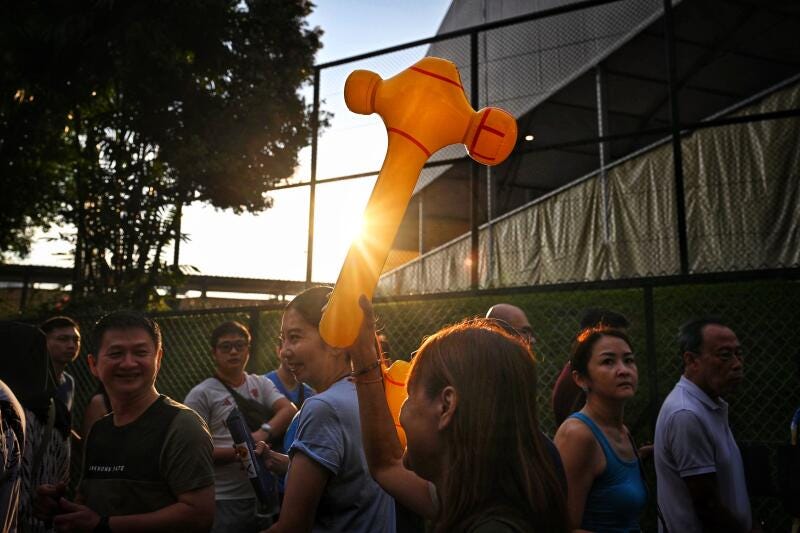




Truly an exciting time for Singapore! Eagerly watching the cabinet appointments from NYC!